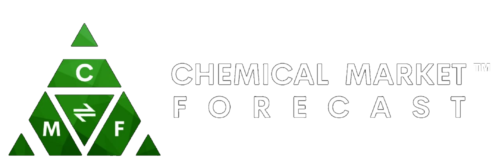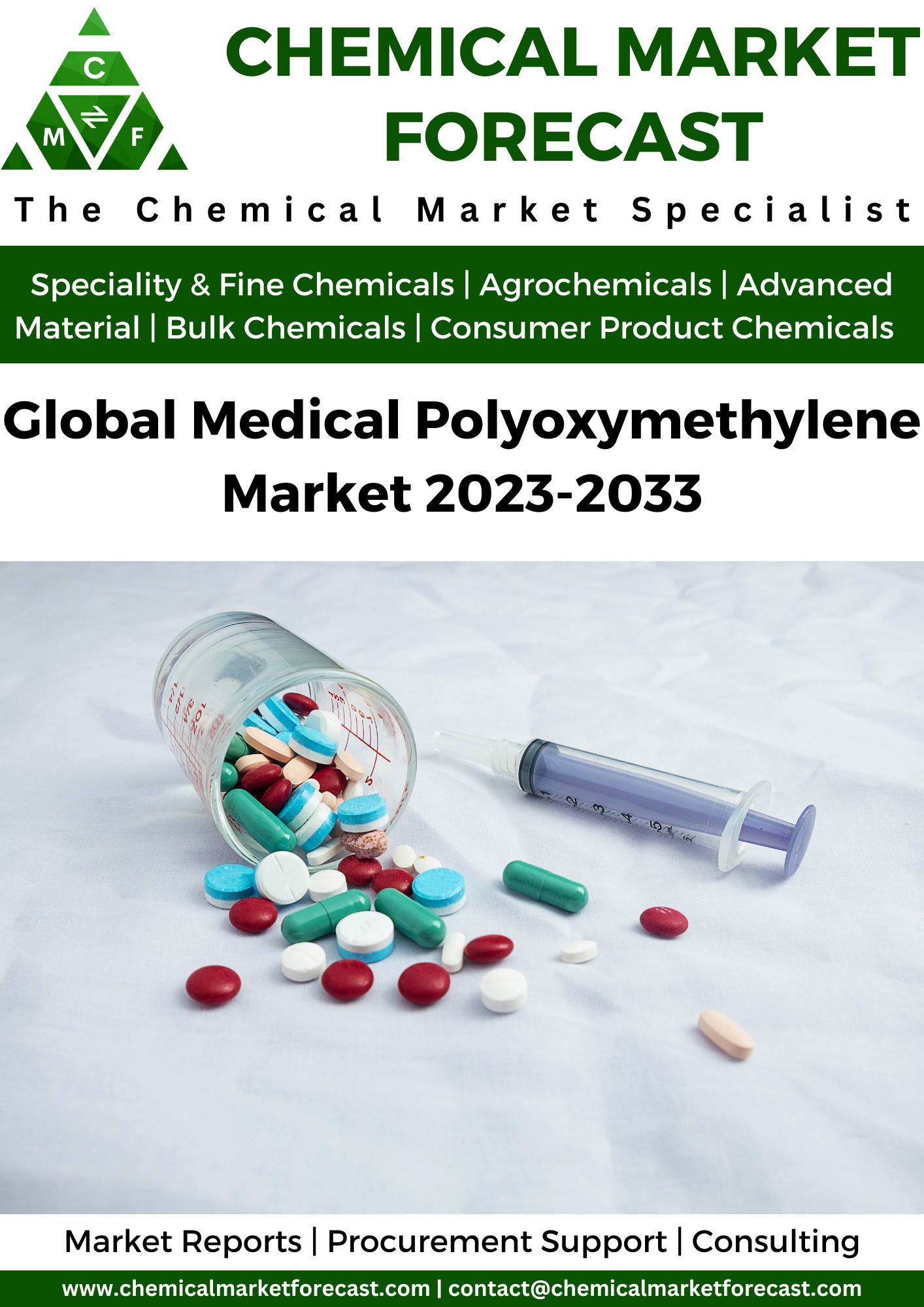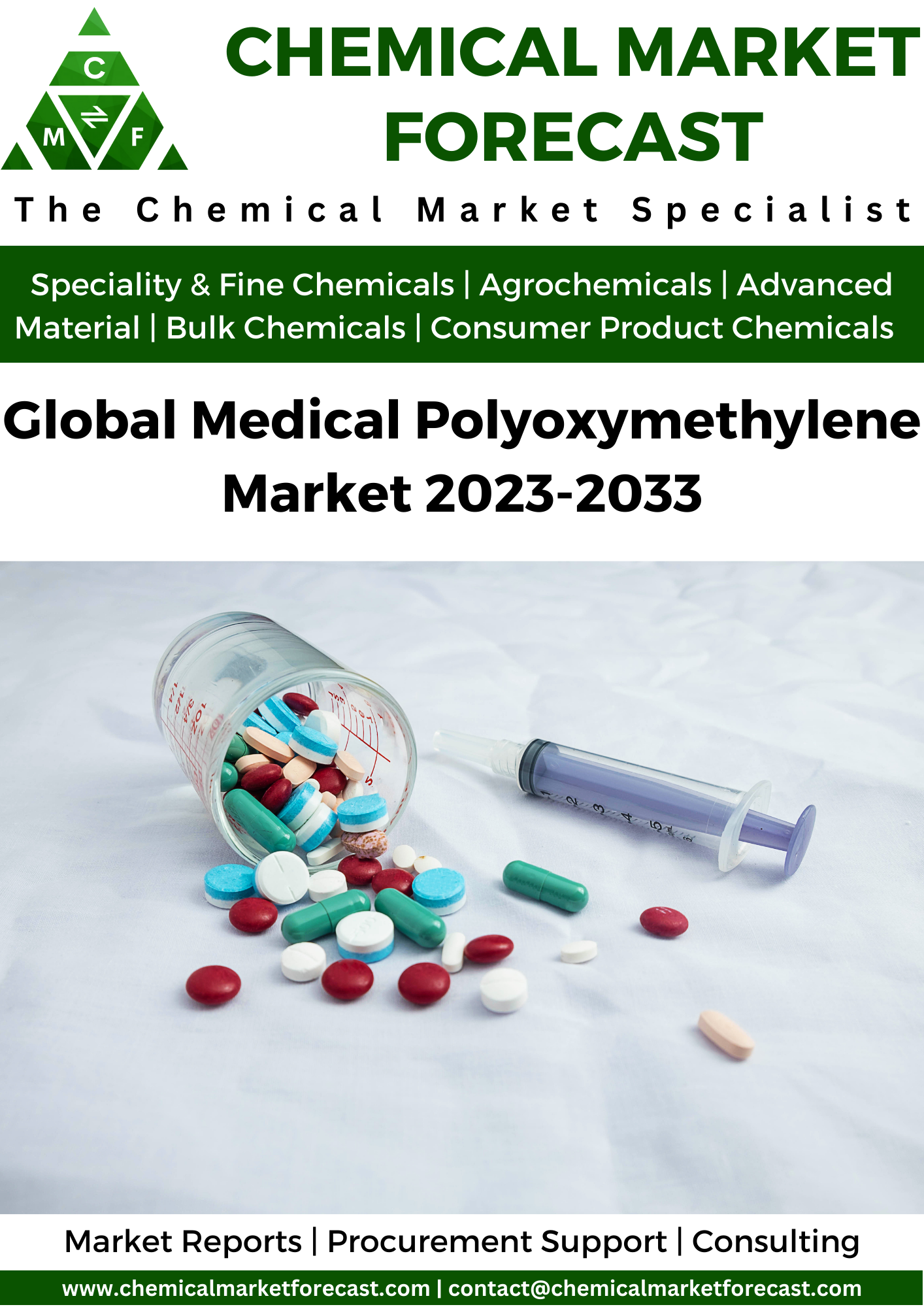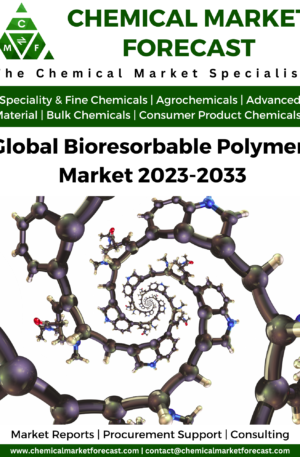Global Medical Polyoxymethylene (POM) Market Report
Medical Polyoxymethylene (POM) is a type of high-performance polymer that is used extensively in medical devices due to its excellent mechanical and chemical properties. It is also known as Acetal or Polyacetal and is derived from formaldehyde. POM is widely used in various medical devices such as valves, surgical instruments, drug delivery devices, and implants due to its high strength, resistance to wear and tear, and low friction.
The medical POM market is expected to witness significant growth in the coming years, driven by the increasing demand for medical devices and the growing awareness of the benefits of using high-performance polymers in the healthcare sector. The increasing prevalence of chronic diseases, such as cancer, cardiovascular diseases, and neurological disorders, is also expected to drive the demand for medical devices, which, in turn, will fuel the growth of the medical POM market.
The market for medical POM is segmented based on type, application, and geography. Based on type, the market is divided into two types: homopolymer and copolymer. The homopolymer type is widely used in medical applications due to its superior mechanical and thermal properties. Based on application, the market is segmented into surgical instruments, drug delivery devices, implants, and others. Among these, the surgical instruments segment is expected to witness significant growth in the coming years due to the increasing demand for minimally invasive surgical procedures.
While Medical Polyoxymethylene (POM) offers several advantages, it also has a few drawbacks that need to be considered before using it in medical applications. Some of the key drawbacks of POM in medical applications are: Not Suitable for High Temperature Applications: POM has a relatively low melting point and is not suitable for use in high-temperature applications. This limits its use in medical devices that require high-temperature resistance. Sensitivity to UV Radiation: POM is sensitive to UV radiation and may degrade when exposed to sunlight. This limits its use in medical devices that are exposed to sunlight or UV radiation. Difficult to Bond: POM is difficult to bond with other materials, which can make it challenging to manufacture complex medical devices that require bonding with other materials. Not Suitable for Implantable Devices: While POM is biocompatible, it is not suitable for use in implantable medical devices due to its low modulus of elasticity and potential for creep deformation over time. High Cost: POM is a relatively expensive material compared to other polymers, which can increase the cost of medical devices that use POM as a primary material.
Geographically, the medical POM market is segmented into North America, Europe, Asia Pacific, Latin America, and the Middle East and Africa. North America and Europe are the largest markets for medical POM, owing to the presence of a large number of medical device manufacturers in these regions. The Asia Pacific region is expected to witness the highest growth in the coming years, driven by the increasing demand for medical devices and the growing healthcare industry in countries such as China and India.
The medical POM market is highly competitive, with several key players operating in the industry. Some of the major players in the market include Celanese Corporation, BASF SE, DuPont, Asahi Kasei Corporation, and Mitsubishi Engineering-Plastics Corporation. These companies are investing heavily in R&D activities to develop new and innovative products to meet the growing demand from the healthcare industry.
Table of Contents
Global Medical Polyoxymethylene (POM) Market Report
1 Market Introduction of Medical Polyoxymethylene (POM) Market Report
2 Market Segmentation of Medical Polyoxymethylene (POM) Market Report
2.1 Medical Polyoxymethylene (POM) Market Segmentation By Region
2.2 Medical Polyoxymethylene (POM) Market Segmentation By Type
2.3 Medical Polyoxymethylene (POM) Market Segmentation By Crop Type
3 Cost Structure of Medical Polyoxymethylene (POM) Market Report
4 Country Analysis of Medical Polyoxymethylene (POM) Market Report
4.1 China
4.1.1 Medical Polyoxymethylene (POM) Market Forecast & Size in China
4.1.2 Medical Polyoxymethylene (POM) Market Trends & Analysis in China
4.1.3 Key Medical Polyoxymethylene (POM) companies in China
4.1.4 Regulatory Framework of Medical Polyoxymethylene (POM) Market in China
4.2 Germany
4.2.1 Medical Polyoxymethylene (POM) Market Size in Germany
4.2.2 Medical Polyoxymethylene (POM) Market Trends & Analysis in Germany
4.2.3 Key Medical Polyoxymethylene (POM) companies in Germany
4.2.4 Regulatory Framework of Medical Polyoxymethylene (POM) Market in Germany
4.3 France
4.3.1 Medical Polyoxymethylene (POM) Market Size in France
4.3.2 Medical Polyoxymethylene (POM) Market Trends & Analysis in France
4.3.3 Key Medical Polyoxymethylene (POM) companies in France
4.3.4 Regulatory Framework of Medical Polyoxymethylene (POM) Market in France
4.4 Italy
4.4.1 Medical Polyoxymethylene (POM) Market Size in Italy
4.4.2 Medical Polyoxymethylene (POM) Market Trends & Analysis in Italy
4.4.3 Key Medical Polyoxymethylene (POM) companies in Italy
4.4.4 Regulatory Framework of Medical Polyoxymethylene (POM) Market in Italy
4.5 Netherland
4.5.1 Medical Polyoxymethylene (POM) Market Size in Netherland
4.5.2 Medical Polyoxymethylene (POM) Market Trends & Analysis in Netherland
4.5.3 Key Medical Polyoxymethylene (POM) companies in Netherland
4.5.4 Regulatory Framework of Medical Polyoxymethylene (POM) Market in Netherland
4.6 Russia
4.6.1 Medical Polyoxymethylene (POM) Market Size in Russia
4.6.2 Medical Polyoxymethylene (POM) Market Trends & Analysis in Russia
4.6.3 Key Medical Polyoxymethylene (POM) companies in Russia
4.6.4 Regulatory Framework of Medical Polyoxymethylene (POM) Market in Russia
4.7 Canada
4.7.1 Medical Polyoxymethylene (POM) Market Size in Canada
4.7.2 Medical Polyoxymethylene (POM) Market Trends & Analysis in Canada
4.7.3 Key Medical Polyoxymethylene (POM) companies in Canada
4.7.4 Regulatory Framework of Medical Polyoxymethylene (POM) Market in Canada
4.8 Mexico
4.8.1 Medical Polyoxymethylene (POM) Market Size in Mexico
4.8.2 Medical Polyoxymethylene (POM) Market Trends & Analysis in Mexico
4.8.3 Key Medical Polyoxymethylene (POM) companies in Mexico
4.8.4 Regulatory Framework of Medical Polyoxymethylene (POM) Market in Mexico
4.9 Singapore
4.9.1 Medical Polyoxymethylene (POM) Market Size in Singapore
4.9.2 Medical Polyoxymethylene (POM) Market Trends & Analysis in Singapore
4.9.3 Key Medical Polyoxymethylene (POM) companies in Singapore
4.9.4 Regulatory Framework of Medical Polyoxymethylene (POM) Market in Singapore
4.10 United Kingdom
4.10.1 Medical Polyoxymethylene (POM) Market Size in United Kingdom
4.10.2 Medical Polyoxymethylene (POM) Market Trends & Analysis in United Kingdom
4.10.3 Key Medical Polyoxymethylene (POM) companies in United Kingdom
4.10.4 Regulatory Framework of Medical Polyoxymethylene (POM) Market in United Kingdom
4.11 Switzerland
4.11.1 Market Size in Switzerland
4.11.2 Market Trends & Analysis in Switzerland
4.11.3 Key Medical Polyoxymethylene (POM) companies in Switzerland
4.11.4 Regulatory Framework of Medical Polyoxymethylene (POM) Market in Switzerland
4.12 Brazil
4.12.1 Market Size in Brazil
4.12.2 Market Trends & Analysis in Brazil
4.12.3 Key Medical Polyoxymethylene (POM) companies in Brazil
4.12.4 Regulatory Framework of Medical Polyoxymethylene (POM) Market in Brazil
4.13 USA
4.13.1 Market Size in US
4.13.2 Market Trends & Analysis in US
4.13.3 Key Medical Polyoxymethylene (POM) companies in US
4.13.4 Regulatory Framework of Medical Polyoxymethylene (POM) Market in US
4.14 Japan
4.14.1 Market Size in Japan
4.14.2 Market Trends & Analysis in Japan
4.14.3 Key Medical Polyoxymethylene (POM) companies in Japan
4.14.4 Regulatory Framework of Medical Polyoxymethylene (POM) Market in Japan
4.15 South Korea
4.15.1 Market Size in South Korea
4.15.2 Market Trends & Analysis in South Korea
4.15.3 Key Medical Polyoxymethylene (POM) companies in South Korea
4.15.4 Regulatory Framework of Medical Polyoxymethylene (POM) Market in South Korea
4.16 India
4.16.1 Market Size in India
4.16.2 Market Trends & Analysis in India
4.16.3 Key Medical Polyoxymethylene (POM) companies in India
4.16.4 Regulatory Framework of Medical Polyoxymethylene (POM) Market in India
4.17 Thailand
4.17.1 Market Size in Thailand
4.17.2 Market Trends & Analysis in Thailand
4.17.3 Key Medical Polyoxymethylene (POM) companies in Thailand
4.17.4 Regulatory Framework of Medical Polyoxymethylene (POM) Market in Thailand
4.18 Russia
4.18.1 Market Size in Russia
4.18.2 Market Trends & Analysis in Russia
4.18.3 Key Medical Polyoxymethylene (POM) companies in Russia
4.18.4 Regulatory Framework of Medical Polyoxymethylene (POM) Market in Russia
4.19 Malaysia
4.19.1 Market Size in Malaysia
4.19.2 Market Trends & Analysis in Malaysia
4.19.3 Key Medical Polyoxymethylene (POM) companies in Malaysia
4.19.4 Regulatory Framework of Medical Polyoxymethylene (POM) Market in Malaysia
4.20 Saudi Arabia
4.20.1 Market Size in Saudi Arabia
4.20.2 Market Trends & Analysis in Saudi Arabia
4.20.3 Key Medical Polyoxymethylene (POM) companies in Saudi Arabia
4.20.4 Regulatory Framework of Medical Polyoxymethylene (POM) Market in Saudi Arabia
5 Global Medical Polyoxymethylene (POM) Market Trends
5.1 Medical Polyoxymethylene (POM) Market Trends- Key Drivers
5.2 Medical Polyoxymethylene (POM) Market Trends- Key Restraints
5.3 Medical Polyoxymethylene (POM) Market Trends- Key Challenges
5.4 Porter’s Five Forces Analysis of Medical Polyoxymethylene (POM) Market
5.5 PEST Analysis- Medical Polyoxymethylene (POM) Market
6 Global Medical Polyoxymethylene (POM) Market Forecast
6.1 Medical Polyoxymethylene (POM) Market Forecast By Region
6.1.1 North America
6.1.2 Europe
6.1.3 APAC
6.1.4 Middle East
6.1.5 ROW
6.2 Medical Polyoxymethylene (POM) Market Forecast By Type
6.2.1 Fertilizer
6.2.2 Pesticide
6.3 Medical Polyoxymethylene (POM) Market Forecast By Crop Type
6.3.1 Fruits & Vegetables
6.3.2 Oilseed and Pulses
6.3.3 Cereals & Grains
6.3.4 Other
7 Supply Chain of the Medical Polyoxymethylene (POM) Market Analysis
8 Opportunity Analysis
9 Scenario Analysis
10 Key Company Profiles
11 Strategic Conclusions – Medical Polyoxymethylene (POM) Market Report
12 Abbreviations used in Medical Polyoxymethylene (POM) Market Report







Reviews
There are no reviews yet.